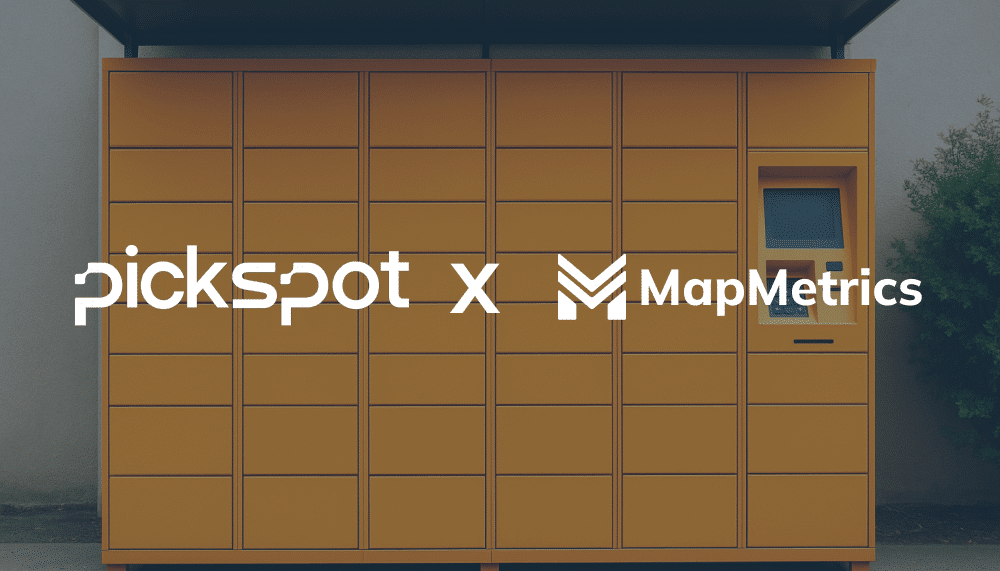
Blockchain Fraud Prevention: Securing Navigation Data
Reliable navigation data is essential for modern systems, particularly for autonomous vehicles and advanced mapping platforms. When the integrity of information such as road conditions, hazard alerts, or environmental updates is compromised, safety can be severely affected. To address these concerns, organizations are turning to decentralized technologies that offer robust protection against data manipulation. At the heart of this solution is blockchain fraud prevention.
The Challenge of Navigation Data Integrity
Navigation systems depend on real‑time information from various sources, roadside sensors, mobile devices, and environmental monitoring systems. However, these data sources can be vulnerable to unauthorized alteration. Malicious actors might inject false updates or manipulate critical information to disrupt navigation algorithms. Any inaccuracy in the reported conditions can lead to poor routing decisions, delays, or even safety hazards for autonomous vehicles.
Centralized data management systems often struggle with these challenges because they have single points of failure and are more prone to security breaches. This scenario calls for a resilient approach to ensure that the data guiding our vehicles remains accurate and trustworthy.
How Blockchain Enhances Navigation Security
Blockchain technology offers a decentralized, tamper-resistant method to verify data integrity. By storing information on a distributed ledger, every update to the navigation system is recorded and confirmed by multiple independent nodes. Once recorded, this data cannot be altered without consensus from the network, a process that is fundamental to blockchain fraud prevention.
The system employs strong cryptographic techniques and consensus algorithms to safeguard the data. Every piece of navigation information, whether a sensor reading or a report from a monitoring station, is timestamped and secured. Any attempt to tamper with this information is quickly detected, providing an audit trail that reinforces the system’s trustworthiness.
Practical Implementations in Navigation Systems
Real‑world applications of blockchain are already emerging in the field of navigation. Some smart navigation platforms integrate blockchain to verify data from multiple sources. For example, when a sensor detects a road hazard, its reading is broadcast to a network of nodes that validates the information before it is used to update the system. This multi‑layer verification ensures that only accurate and reliable data informs route planning.
Furthermore, automated protocols, such as smart contracts, enforce predefined rules. If a data input does not meet the expected criteria (for instance, an unusual report of a road closure in a typically clear area), the smart contract temporarily holds the data pending additional verification. This automated filtering mechanism is a critical component of blockchain fraud prevention that minimizes the risk of misinformation affecting navigation.
Adopting such measures not only enhances data integrity but also reduces the cost and complexity associated with manual data verification. Companies implementing these technologies can streamline operations while ensuring that navigation information remains secure and accurate.
Benefits of Blockchain Fraud Prevention in Navigation
The adoption of blockchain for securing navigation data brings multiple benefits:
- Immutability and Transparency: Every data update is permanently recorded on a public ledger, making it nearly impossible for unauthorized parties to modify or delete information. This characteristic is a core advantage of blockchain fraud prevention.
- Enhanced Security: Decentralization disperses data across a network of nodes, eliminating single points of failure and making cyberattacks more challenging. By leveraging cryptographic security, blockchain minimizes the risk of data tampering.
- Automated Verification: Smart contracts automatically validate and filter incoming data based on predefined criteria, reducing human error and speeding up anomaly detection—a process central to effective blockchain fraud prevention.
- Regulatory Compliance: With a complete audit trail available for review, organizations can more easily meet regulatory requirements and build trust with oversight bodies. This transparency is a significant benefit of employing blockchain fraud prevention measures.
- Cost Efficiency: Reducing reliance on manual data checks and error corrections leads to operational savings. By automating verification, companies can invest more resources into improving system performance and innovation.
Implementing robust blockchain fraud prevention measures has become standard practice for ensuring data integrity across various industries.
Current Developments
Recent trends show that the integration of artificial intelligence with blockchain systems is not a future possibility; it is happening now. Many organizations combine AI algorithms with blockchain ledgers to analyze data patterns in real time and detect anomalies immediately. These systems continuously learn from incoming data, adapt to new fraud tactics, and reinforce existing blockchain fraud prevention measures.
At the same time, decentralized verification methods have evolved significantly. Current systems use a blend of machine learning, smart contracts, and multi-node consensus to provide adaptive, real‑time security for navigation data. These developments are actively enhancing the overall reliability of navigation systems and solidifying their role as industry standards.
結論
Securing navigation data is critical for the safe and efficient operation of autonomous vehicles and modern mapping services. By harnessing the power of decentralized ledgers and automated smart contracts, blockchain offers a proven solution for ensuring data integrity. This approach, embodied in robust blockchain fraud prevention techniques, protects against unauthorized data manipulation, minimizes risks, and promotes transparency.
Embracing these advanced security measures paves the way for a future where navigation systems are not only efficient but also highly reliable. As the technology continues to evolve, integrating blockchain-based solutions into navigation frameworks will be essential for building a safer and more trustworthy digital landscape.


